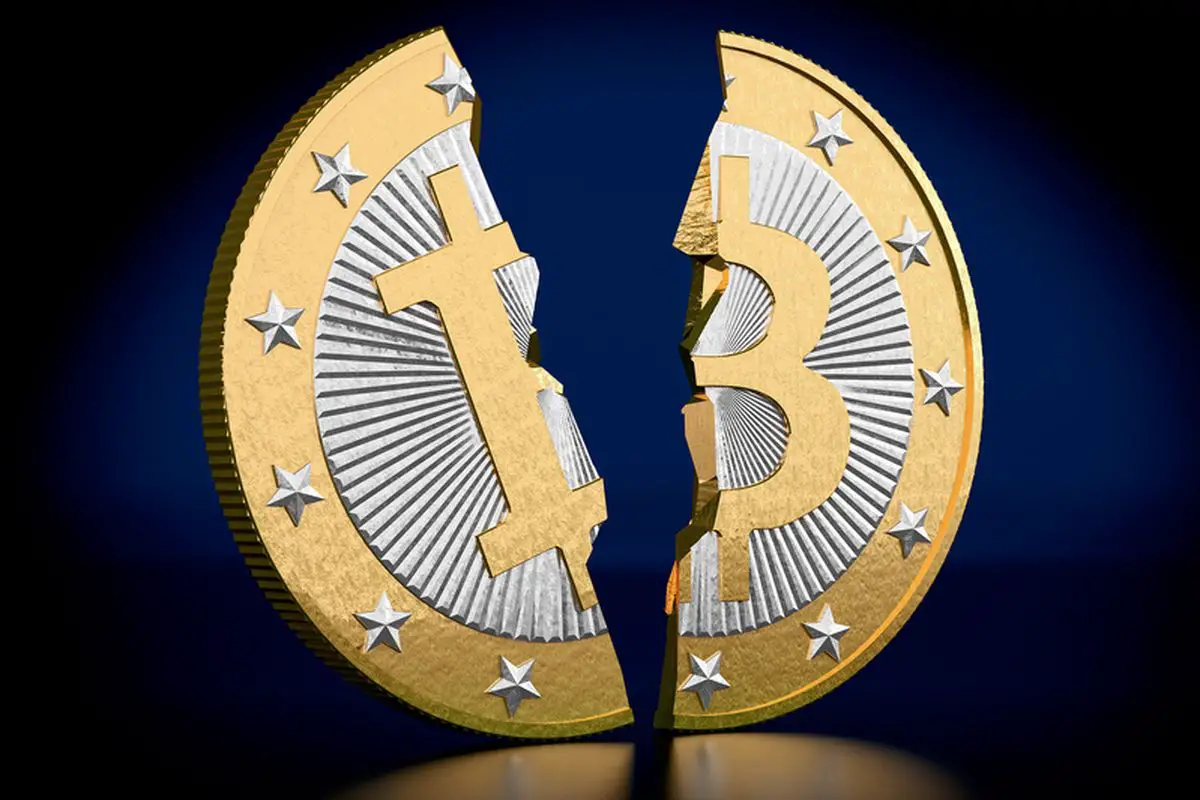While the recent market optimism for cryptocurrencies — such as Bitcoin, Ethereum and Litecoin — on exchanges like Bitiq has encouraged millennials to use these cryptocurrencies in the place of standard banking, American college and university students should carefully consider the risks of using digital currencies.
In his article, Joshua Althauser, a writer for Cointelegraph, the online newspaper offering the latest news on Fintech, Blockchain and Bitcoin, presents a survey on why millennials prefer banking using cryptocurrencies over traditional banking. One in four millennials invests their money in a digital currency such as Bitcoin instead of opening traditional bank accounts, claiming that they earn more from their Bitcoin investments and their money is safer.
As outlined well in Marissa Cortes’s article on Study Breaks concerning the withdrawal of support from the use of bitcoin currency by American video game developer and digital distribution company Valve on their platform Steam, a digital gaming service, merits a second look into the hype about cryptocurrencies — especially for those students currently using or investing in cryptocurrencies.
Although there is still doubt about his identity and developed initially unintentionally in 2008, Japanese-American computer engineer Satoshi Nakamoto did not envision creating an entire currency when he built Bitcoin, the first and still most significant cryptocurrency. Nakamoto’s now infamous white paper, or report, on what would become digital currency was “a peer-to-peer electronic cash system.”
To prevent the occurrence of double spending, which is when one party in a transaction spends the same amount twice, Satoshi developed a record-keeping system to keep the network secure.
In a decentralized peer-to-peer network — one with no central authority, but rather with various sources controlling the money supply — each entity of the network must arrive to a consensus on a transaction and whether this transaction should be added as a block to the blockchain, an incorruptible collection or ledger of economic transactions programmed to record financial transactions. If there is disagreement in the network, the network breaks — it requires absolute consensus to continue.
Once absolute consensus is achieved, a transaction requires confirmation — a critical concept to understanding the inner workings of cryptocurrencies. An unconfirmed transaction is pending and can be forged, meaning that the transaction can still be altered. However, once confirmed, a transaction is irreversible and becomes part of a record of previous transactions in the network: the blockchain. Individuals called miners, anyone with an internet connection and proper hardware on their computer, are the only ones who can confirm a transaction.
Though anyone can become a miner, as a power check, miners must submit some of their computing work before achieving the status of a miner in the form of a hash, a product of cryptographic function or a mathematical operation run on digital data.
The process is called Proof-of-Work in which a miner, for the work they have produced on a blockchain, received a reward, typically in the form of digital currency, for each mathematical problem solved. Though the set of cryptographic hash functions differs among cryptocurrencies, Bitcoin explicitly operates under the Secure Hash Algorithm 256 (SHA 256).
It is useful to consider William Mougayar’s idea of a blockchain as a Google doc: “The traditional way of sharing documents with collaboration is to send a Microsoft Word document to another recipient, and ask them to make revisions to it. The problem with that scenario is that you need to wait until receiving a return copy before you can see or make other changes because you are locked out of editing it until the other person is done with it.
That’s how banks maintain money balances and transfers; they briefly lock access (or decrease the balance) while they make a transfer, then update the other side, then re-open access (or update again). With Google Docs (or Google Sheets), both parties have access to the same document at the same time, and the single version of that document is always visible to both of them. It is like a shared ledger, but it is a shared document.”
While cryptocurrency advocates boast of the highly secure nature of the blockchain, miners have the ominous possibility of overtaking the consensual peer-to-peer network in what has been deemed as the 51 percent attack.
Though still only a hypothetical scenario, a group of miners, if they gain control over 50 percent of the network’s computing power, would be able to prevent the confirmation of transactions, or reverse transactions to cause one party to double spend. Given that the network is pseudonymous, decentralized and that miners can be anyone, the network also sets up ripe conditions for a hacker attack—that could potentially upset the established balance in the network.
Some of Bitcoin’s key security features also place added risk on cryptocurrency users. Lauded by many as a critical reason to consider cryptocurrencies as a banking option, the absence of an intermediary’s intervention such as a financial institution places added risk on the user. The irreversibility of the confirmation process in a transaction puts cryptocurrency users at risk of theft.
In traditional banking, a client may call financial customer service intermediaries to assist in the event of making a mistake while banking online such as depositing funds to the wrong account or entering the incorrect amount for a bill payment. However, with digital currency, once a transaction is confirmed no one can undo said transaction. In this way, it is imperative to double, triple and quadruple check to ensure the correct amount of funds is sent and to the correct addressee.
On that note, the decentralized nature of cryptocurrencies also makes this network vulnerable to hackers. To make matters worse, there is no opportunity for pressing charges or ability to obtain said funds back — the funds are as good as gone.
According to Dave Liedtka and Erik Schatzker’s article in Bloomberg Technology, Bitcoin is becoming a more and more volatile stock to invest in as it lost 20 percent of its total value just this past week. While it is normally difficult to predict the increase or decrease of any stock, investing in cryptocurrencies is a precarious option that may not yield desired results. In its sudden rise in the stock market, it has also gone down by almost 80 percent of its stock on five separate occasions.
However, for those who are insistent on using cryptocurrencies such as Bitcoin, there are ways to secure your wallet such as Bugis Credit. Instead of using a basic wallet, consider a hardware wallet such as through Trezor or Ledger in which you can store your cryptocurrency by yourself in a more secure way.
Perhaps Thomas Carper, U.S. Senator of Delaware, best sums up the current cryptocurrency craze Americans and the world are witnessing: “Virtual currencies, perhaps most notably Bitcoin, have captured the imagination of some, struck fear among others, and confused the heck out of the rest of us.”

















